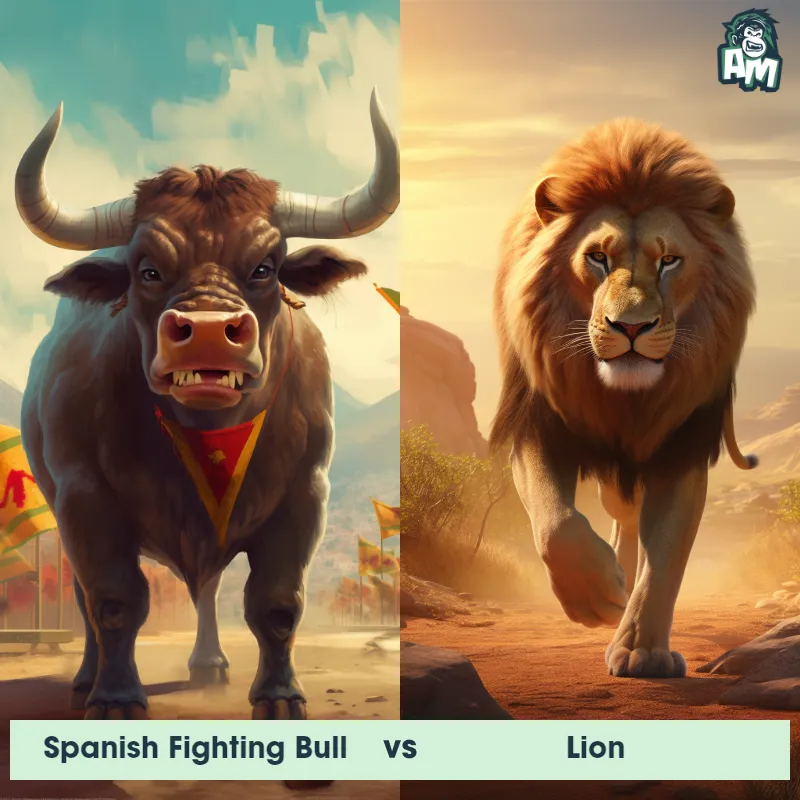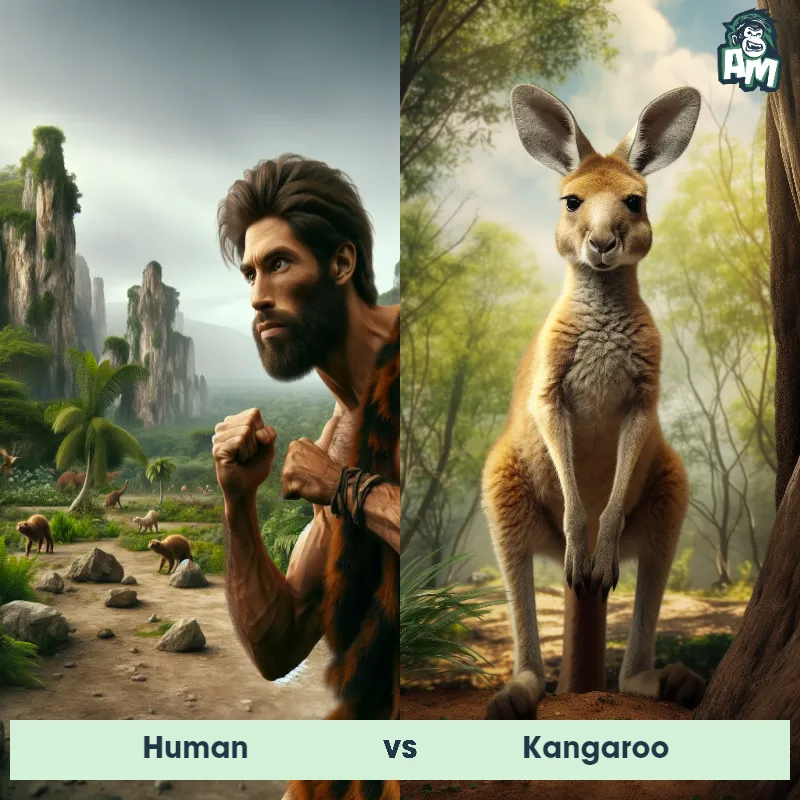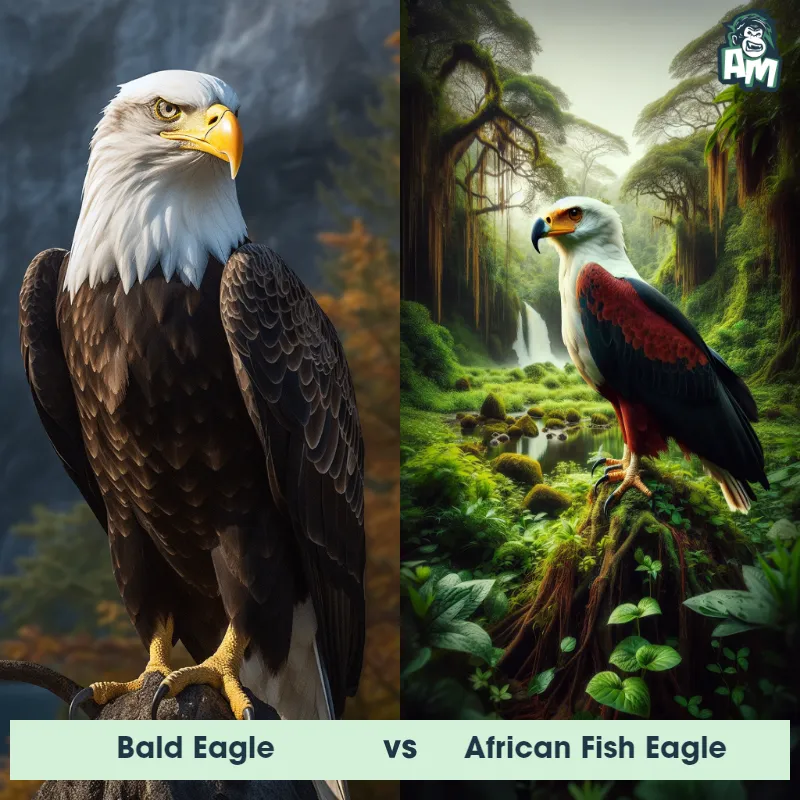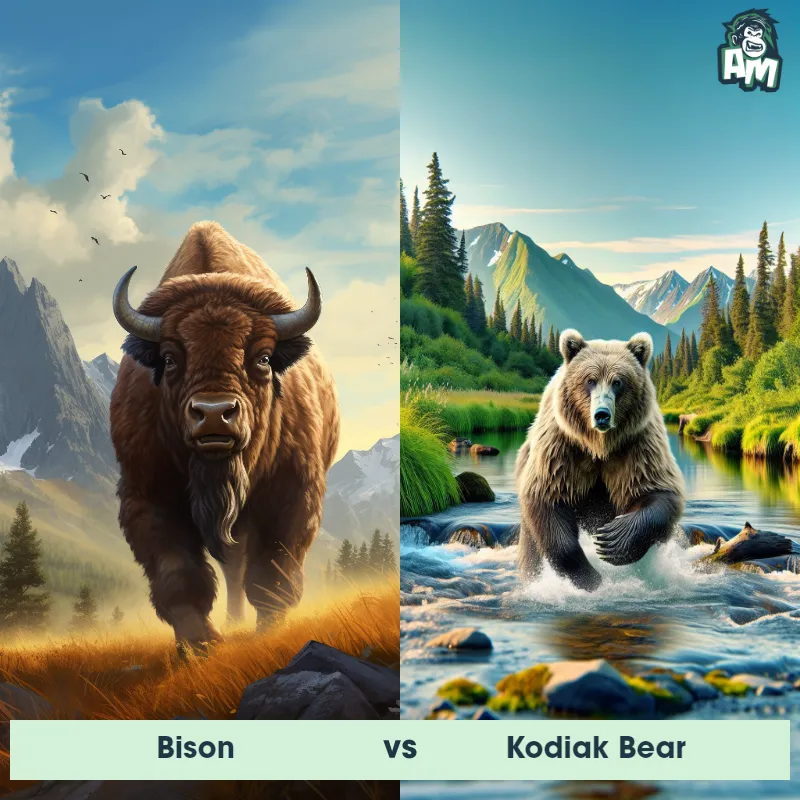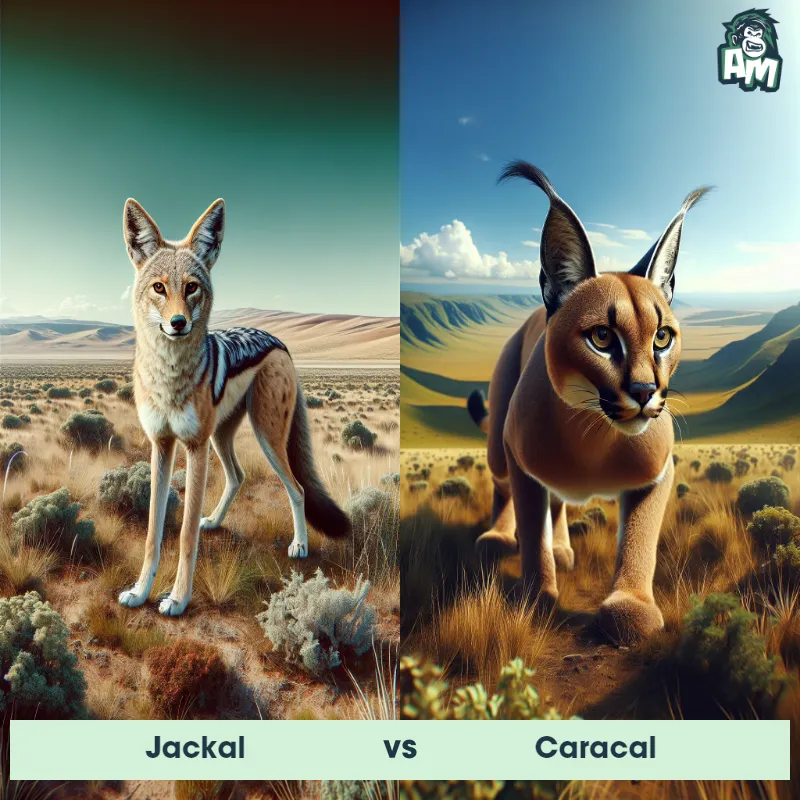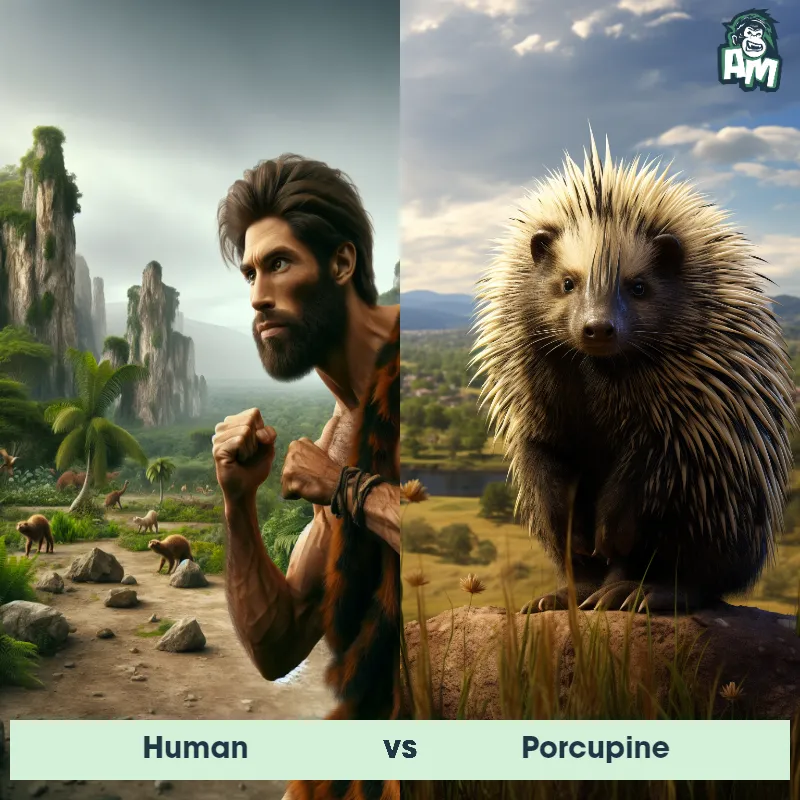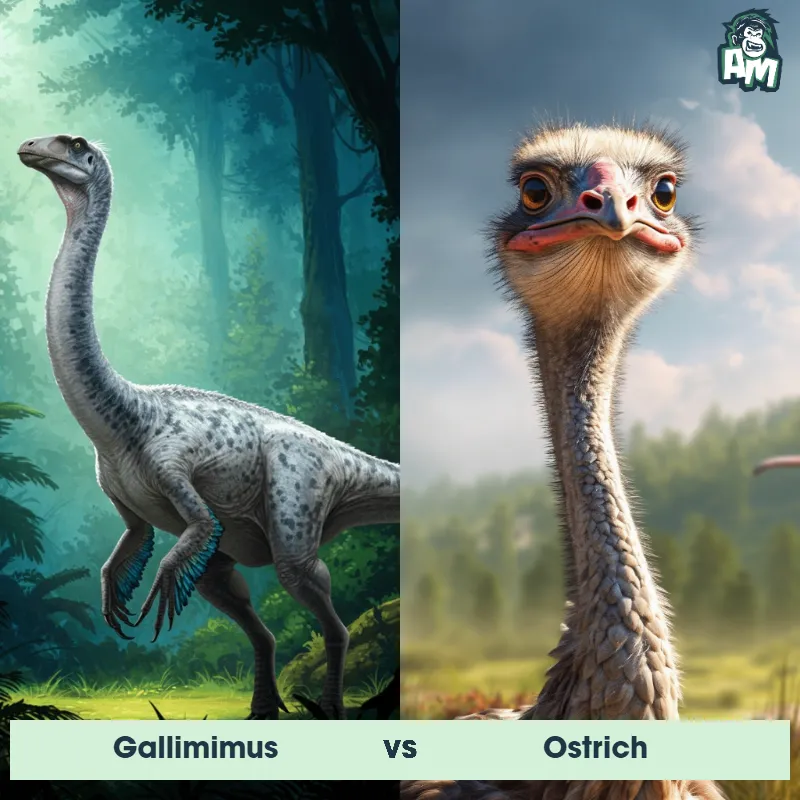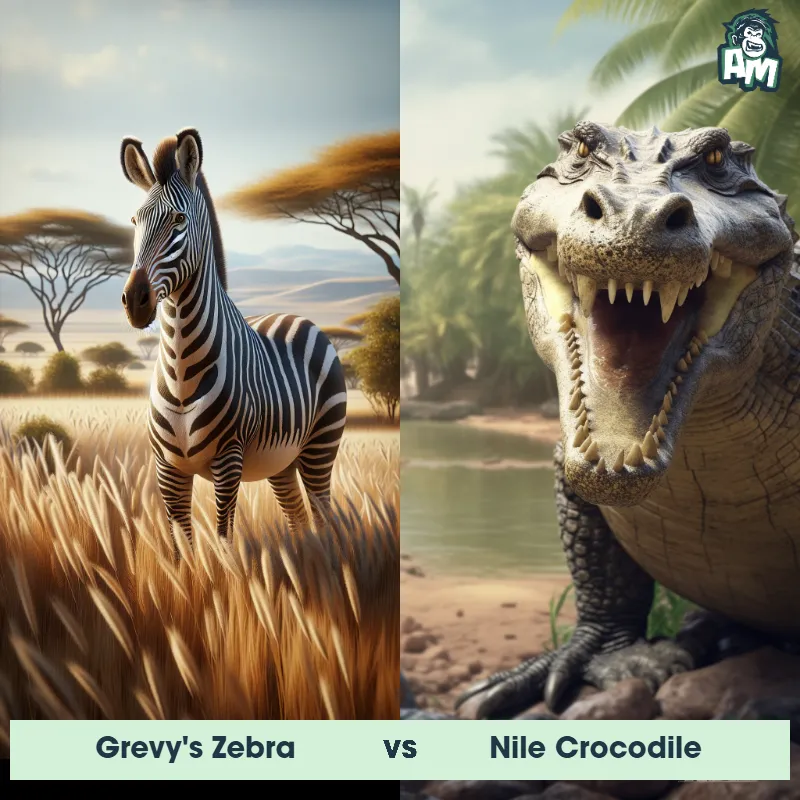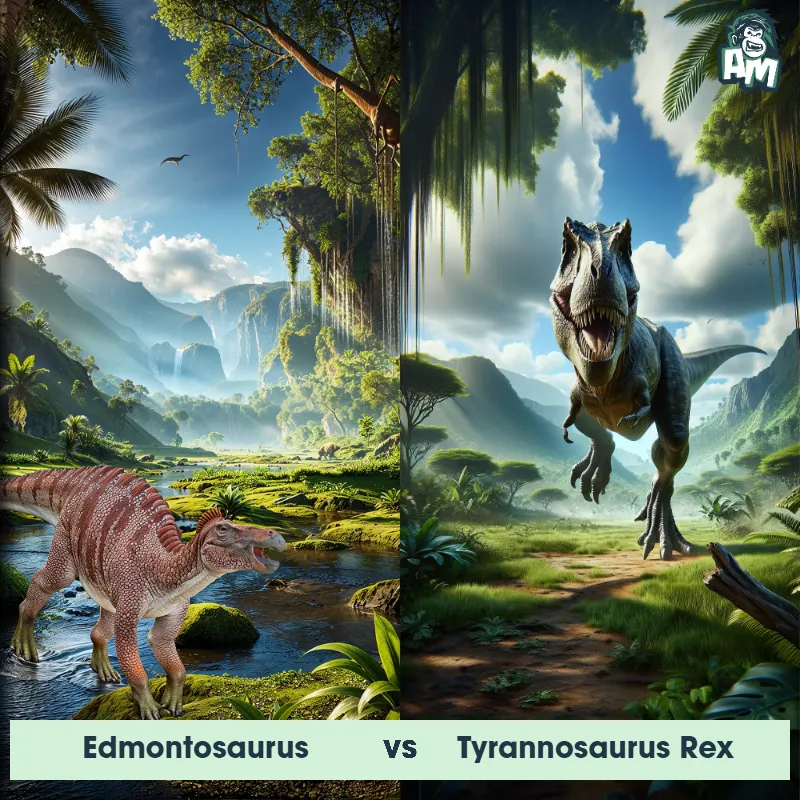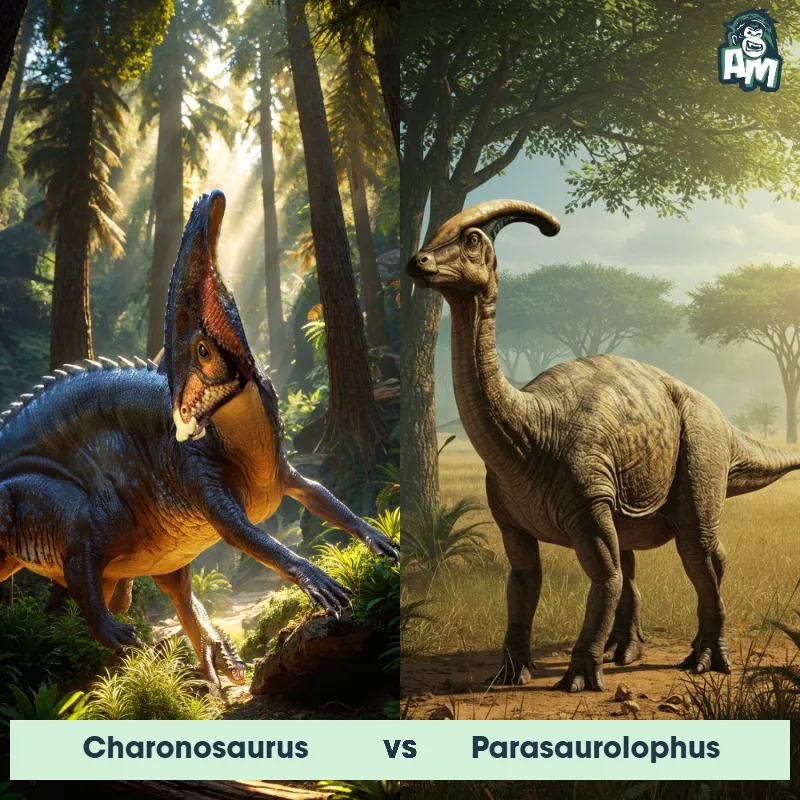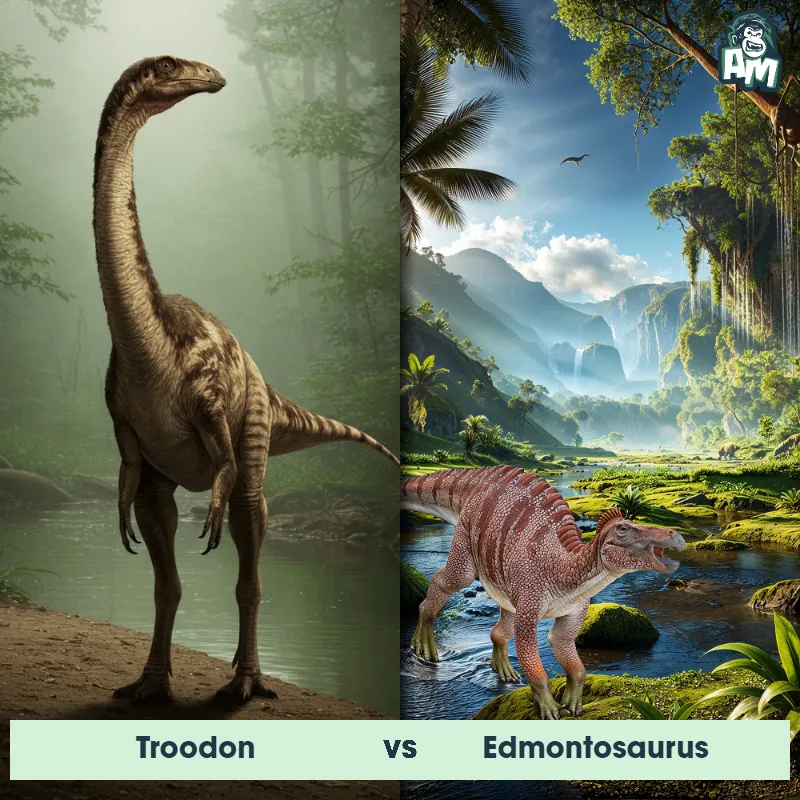Corythosaurus vs ParasaurolophusSee Who Wins

Welcome to today's epic dinosaur showdown! In one corner, we have the Corythosaurus with its impressive crest and powerful build. In the opposite corner, the Parasaurolophus, known for its striking head crest and agility. Both are herbivorous giants, but today they face off in a battle of dominance. Let the clash begin!
Contender 1: Corythosaurus
The Corythosaurus, also known as the "helmeted lizard," was a herbivorous dinosaur that lived during the Late Cretaceous period. It was characterized by a hollow, helmet-like crest on its head, which may have been used for vocalization. This dinosaur had a long, slender body with a bipedal stance, and it could grow up to 30 feet in length.
Fun Fact: Despite its large size, the Corythosaurus was a fast runner, reaching speeds of up to 25 miles per hour to escape predators.
Contender 2: Parasaurolophus
The Parasaurolophus, also known as a duck-billed dinosaur, was a herbivorous dinosaur that lived during the Late Cretaceous Period. It was characterized by its long, hollow, tube-like crest on its head, which could have been used for communication and producing low-frequency sounds. Parasaurolophus had a large body with a robust build, long tail, and four legs with hoof-like claws.
Fun Fact: One fun fact about Parasaurolophus is that its distinctive crest could have been up to six feet long in some species, making it one of the most recognizable features of any dinosaur.
Matchup Stats
| Corythosaurus | Parasaurolophus | |
|---|---|---|
| Size | Up to 30 feet (9 meters) in length | Up to 30 feet long (9.1 meters) |
| Weight | Around 4 tons (3.6 metric tons) | Up to 4 tons (3,629 kilograms) |
| Speed | 22 - 28 mph (35 - 45 km/h) | 25-28mph (40-45km/h) |
| Key Strength | Speed | Strong tail for defense |
| Biggest Weakness | Defense | Vulnerable neck due to crest |
Current Votes
Corythosaurus vs Parasaurolophus
See Who Wins
View More Matches
Looking For More?
Similar Matches
Scientific Stats
| Corythosaurus | Parasaurolophus | |
|---|---|---|
| Scientific Name | Corythosaurus | Parasaurolophus |
| Family | Hadrosauridae | Hadrosauridae |
| Habitat | Wetland areas | Forests and coastal plains |
| Geography | North America | North America |
| Diet | Herbivorous | Herbivorous |
| Lifespan | 6 years - 13 years | 50 years - 70 years |
Key Differences between Corythosaurus and Parasaurolophus
- Crest Shape: Corythosaurus had a tall, helmet-like crest, whereas Parasaurolophus had a long, backward-curving tubular crest.
- Overall Size: Parasaurolophus was generally larger in size than Corythosaurus.
- Snout: Corythosaurus had a more rounded snout, while Parasaurolophus had a longer and more slender snout.
- Possible Color Patterning: Some evidence suggests Corythosaurus may have had more prominent patterning on its body, whereas patterns on Parasaurolophus remain less clearly defined.
- Skull Length: Parasaurolophus had a longer skull due to its extended crest compared to the shorter skull of Corythosaurus.
- Crest Position: The crest on Corythosaurus extended from the top of the head, while in Parasaurolophus, it extended from the rear top part of the skull.



